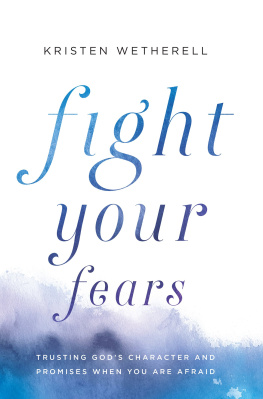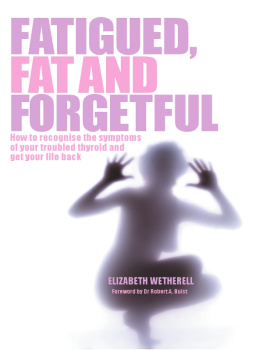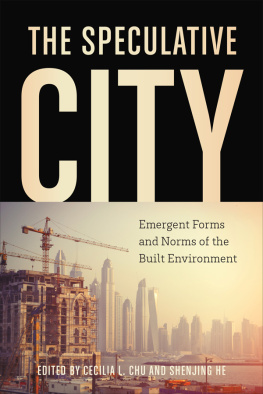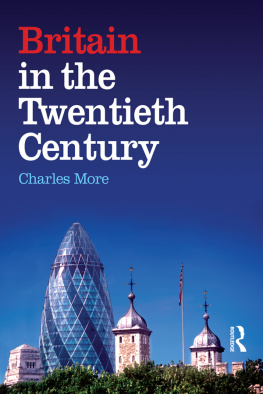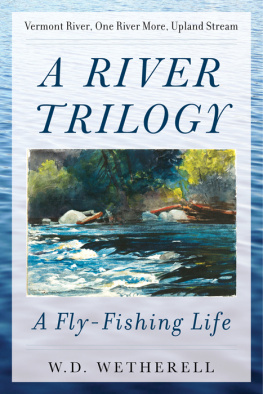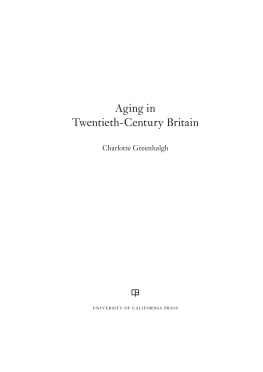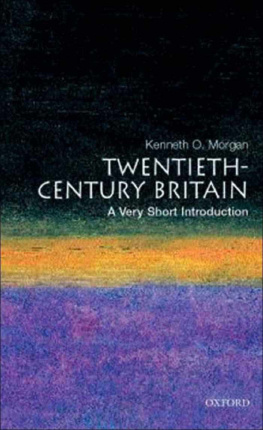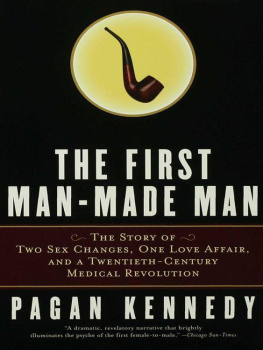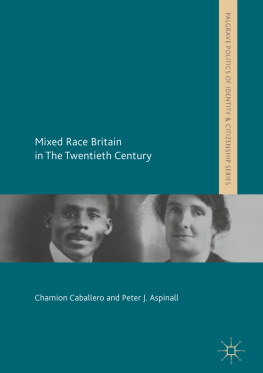Copyright 2020 by Princeton University Press
Requests for permission to reproduce material from this work should be sent to permissions@press.princeton.edu
Published by Princeton University Press
41 William Street, Princeton, New Jersey 08540
6 Oxford Street, Woodstock, Oxfordshire OX20 1TR
press.princeton.edu
Library of Congress Cataloging-in-Publication Data
Names: Wetherell, Sam, 1986 author.
Title: Foundations : how the built environment made twentieth-century Britain / Sam Wetherell.
Other titles: Pilot zones
Description: Princeton : Princeton University Press, [2020] | Revision of the authors thesis (doctoral)University of California, Berkeley, 2016, under the title: Pilot zones : the new urban environment of twentieth century Britain. | Includes bibliographical references and index.
Identifiers: LCCN 2020009358 (print) | LCCN 2020009359 (ebook) | ISBN 9780691193755 (hardback) | ISBN 9780691208558 (ebook)
Subjects: LCSH: Architecture and societyGreat BritainHistory20th century. | Cities and townsGreat BritainHistory20th century. | Sociology, UrbanGreat BritainHistory20th century.
Classification: LCC NA2543.S6 W458 2020 (print) | LCC NA2543.S6 (ebook) | DDC 720.1/03dc23
LC record available at https://lccn.loc.gov/2020009358
LC ebook record available at https://lccn.loc.gov/2020009359
Version 1.0
British Library Cataloging-in-Publication Data is available
Editorial: Ben Tate and Josh Drake
Production Editorial: Natalie Baan
Jacket Design: Layla Mac Rory
Production: Danielle Amatucci
Publicity: Katie Lewis and Alyssa Sanford
Copyeditor: Cindy Milstein
ACKNOWLEDGMENTS
SPENDING THE BEST part of a decade writing a book about the history of Britains built environment seems like a strange thing to do, but here we are. My gratitude to those who have helped me do so is fathomless. This book was in the background as my life and the world changed in ways that were profound and unexpected. It has spanned more than eight years, taking me to three universities on two continents. It has followed me from London to Berkeley, from Berkeley to New York City, and from New York City to Old York, and it predates my marriage, the birth of my nephew and niece, and the passing of two grandparents.
Lets start at the beginning. The road to this book started with an email from James Vernon that arrived in my in-box on a rainy February morning in 2011 when I was working at a dismal office job in London. I will never begin to be able to repay the emotional, intellectual, and professional debts that I owe James. He persuaded me to think big and maintain a political investment in my work, and I am constantly amazed at his humanity and generosity. It is no exaggeration to say that I came to Berkeley and became a historian because of him. I am also grateful for the mysterious and magical wisdom of Thomas Laqueur, who has always pushed me to inject my work with a lyricism and cosmic significance that I fear it still lacks. At Berkeley, Robin Einhorn, Teresa Caldeira, and David Henkin pushed me to think beyond Britain and broadened my historical imagination.
Some of the most important relationships that I made during those magical years at Berkeley were friendships. The wise and kindhearted Chris Casey picked me up from the San Francisco airport when I arrived and dropped me off again six years later, waiting like a patient father for me to disappear out of sight through security. A few years later he would sit with me in the Library of Congress canteen, helping me turn the books six chapters into a single Word document. Joey Kellner has been a perpetual source of humor and magical ideas, and opened my eyes to new ways of seeing the United States. I am especially indebted to the brilliance, humor, and companionship of Trevor Jackson, who has taught me so much over the years. Tehila Sasson has been a vital and caring mentor since the day we first met and I cooked her a disappointing stir-fry in London. I will miss eating terrible Chinese food and drinking cheap wine with Sophie Fitzmaurice and Liz Chadwick, then going on glorious, arduous runs the next morning with Sarah Stoller and Dave Hayden. Tim Wright and Edith Fox have both been wonderful housemates, great friends, and fellow foot soldiers in the perpetual war against rats in our Oakland apartment. During our many lunchtime discussions at the circle, I learned what can only be described as a new way of thinking from Daniel Kelley. Camilo Lund and Robbie Nelson have each kept me sane in different ways and been there at times of crisis. Thanks along with a huge amount of love also go to Melissa Turoff, Ari Edmundson, Erica Lee, Brendan Shanahan, Julia Wambach, Aaron Hall, Sheer Ganor, Ivana Mirkovic, Katie Harper, Yana Skorobogatov, and Mircea Raianu. Many of those listed above were fellow members of the Peoples 285 writing group, which laid the groundwork for of this book.
I want to thank Susan Pedersen for hiring me for a life-changing yearlong stint as a visiting professor at Columbia University. Her honesty, diligence, and sage advice have changed the way that I think about history and my own work. It is also impossible to understate the multitude of ways that Guy Ortolano has made this book possible. Guy has been there from the beginning as a wellspring of advice, consolation, and intellectual stimulation. I am immensely grateful for many of my colleagues at the University of York whose friendship and support helped me weather a difficult transition back to Britain. In particular, I want to thank Tom Johnson, Lucy Sackville, Lawrence Black, Chris Renwick, Harry Munt, Oleg Benesch, Shaul Mitelpunkt, Amanda Behm, and my many other fantastic colleagues on A Block. I especially want to thank David Huyssen and Mary Reynolds for making me feel at home in York as well as providing hours of wonderful conversations. These relationships were strengthened on freezing picket lines and crowded teach-outs, and I am grateful for my colleagues solidarity as well as friendship. In Britain and the United States, all my colleagues who began PhDs in the years after 2008 have had to piece together lives in the shattered remains of an academy that is hemorrhaging jobs and money. This experience has bought many of us together as we have sought to rethink our own lives and the future of our work. In that spirit, I also want to thank some of my brilliant and radical students for giving me hope for the future and meaning to the work of teachingparticularly Olivia Wyatt, Claire Burgess, Tom Ward, Adonis Li, and Luke Cregan.
This book is indebted to the work of fellow British urban historians, especially those who have rejuvenated the field over the last several years. Simon Gunn has been a wonderful advocate for British urban history and supported this project from an early stage. Otto Saumarez Smith has spent years forging a vibrant community of people working on the history of the modern British city, and always patiently and humorously answered many hastily emailed questions about architecture and design. I am also particularly grateful for the friendship and brilliant work of fellow urban historians Erika Hanna, Tom Hulme, Divya Subramanian, Christopher Lawson, Alistair Kefford, Sarah Mass, Claire Wrigley, James Greenhalgh, and Judith Walkowitz. David Ellis, with his brilliant eye for detail, helped me get over the finish line by reading drafts, answering questions, and challenging me on some of my ideas. I would also like to thank Frank Trentmann, Rebecca Wright, and Charlotte Johnson for sharing their ideas about the politics of domestic energy as well as helping organize the Domesticating Energy workshop in Cambridge in 2017. Thanks too to Sabine Clarke and David Clayton, who helped me think through some aspects of the first chapter. Over the years, different strands of the argument for this book have been presented at conferences and workshops across the world, and I am always grateful for the feedback and questions that I have received.


